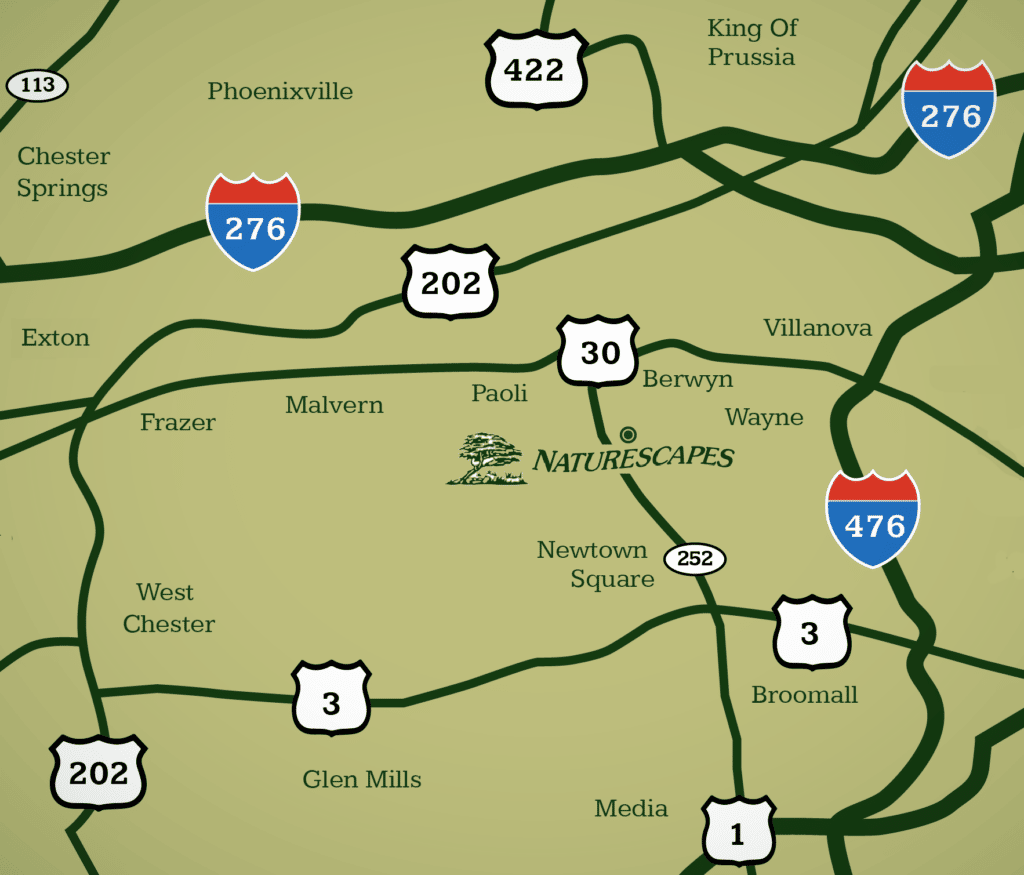Spring is officially here! If you haven’t started planning your landscaping for the year, now is the perfect time. Taking a few simple steps now will ensure a thriving, beautiful garden throughout the season. Follow these expert tips from Naturescapes to get your garden off to a great start.
5 Essential Steps for a Beautiful Landscape
1. Clean Out Your Garden Beds
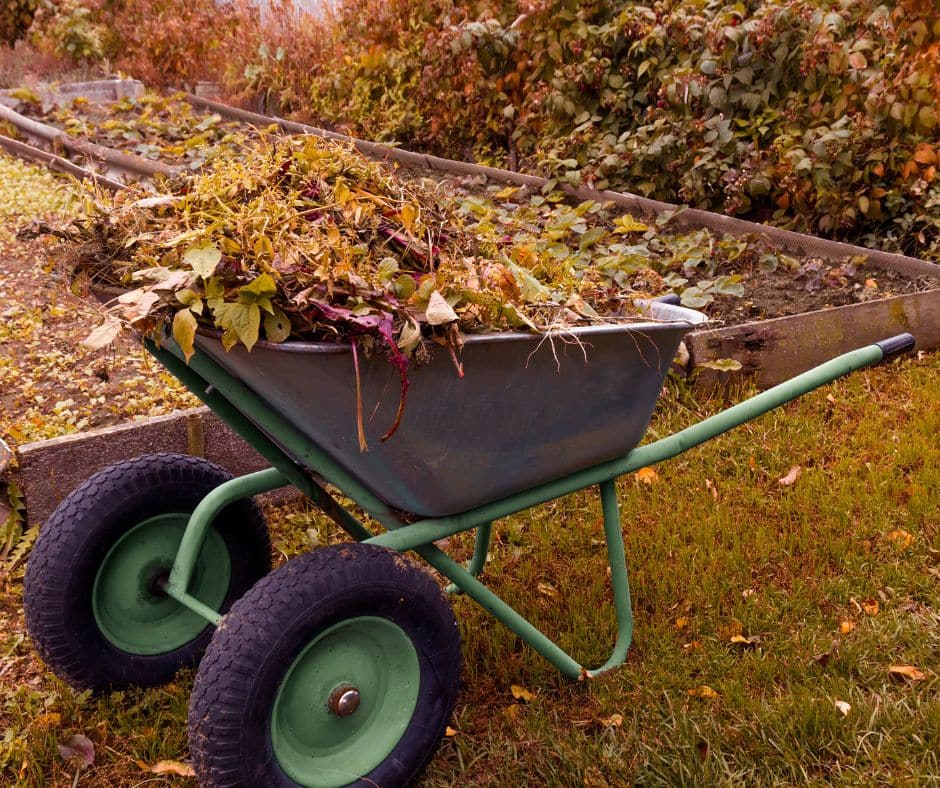 Before anything else, start by removing fallen branches, leaves, and any debris left behind by winter. This clears the way for fresh growth and allows your plants to thrive without competing with last season’s remnants.
Before anything else, start by removing fallen branches, leaves, and any debris left behind by winter. This clears the way for fresh growth and allows your plants to thrive without competing with last season’s remnants.
Tips:
- Use a rake to gather debris efficiently.
- Trim any dead or damaged branches from shrubs and perennials.
- Remove any weeds that may have taken root early.
2. Nourish Your Soil
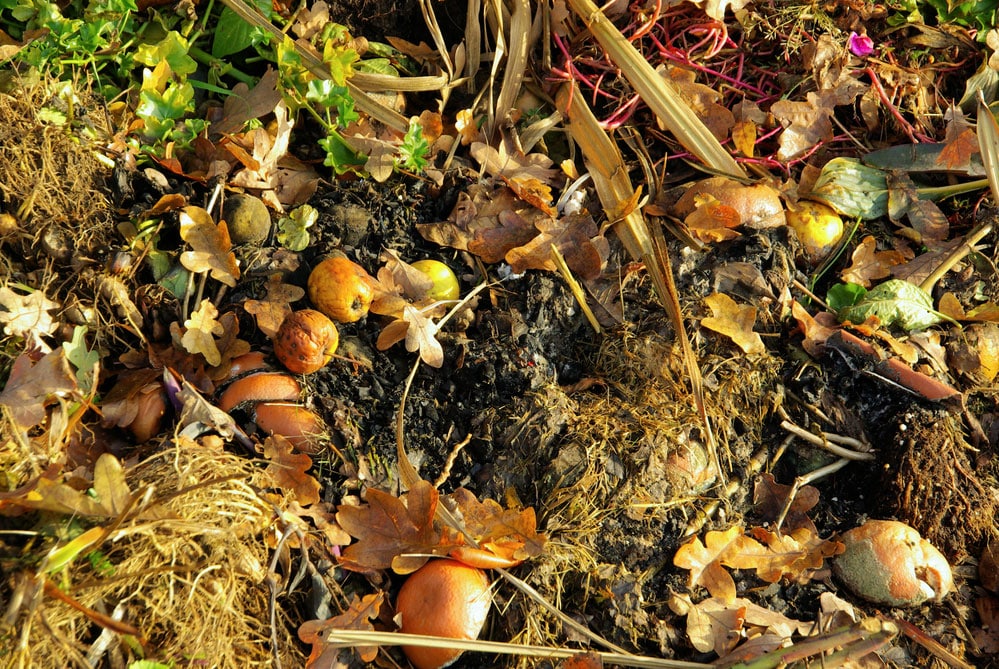
Recommended Soil Nutrients:
- Compost: The best way to naturally enrich your soil.
- Espoma Holly Tone or Plant Tone: These are about 75% organic and promote balanced plant growth.
- Avoid Chemical Fertilizers: These can harm plant roots, degrade soil quality, and encourage excessive, weak growth.
3. Apply a Pre-Emergent Weed Preventer
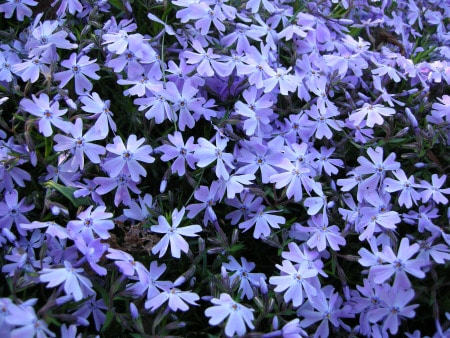
To keep weeds at bay before they start, use a 100% organic pre-emergent like corn gluten meal. This natural alternative stops annual weeds from germinating while providing a mild fertilizing effect.
Best Practices:
- Apply when Forsythia is blooming to prevent crabgrass in lawns.
- Avoid chemical-based pre-emergents, which can negatively impact soil health.
4. Define Your Garden Beds
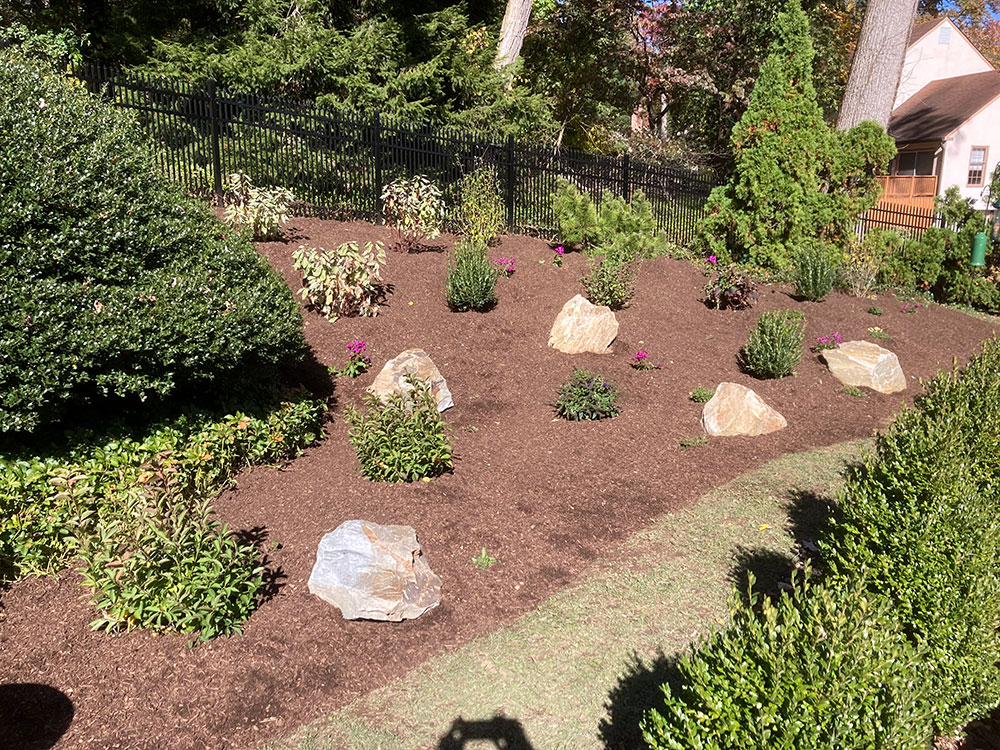
Edging Tips:
- Use a sharp spade or edging tool to create a clean separation.
- Maintain edges regularly to keep the garden looking tidy.
- When mowing, blow grass clippings away from garden beds to prevent buildup.
5. Apply a Layer of Organic Mulch
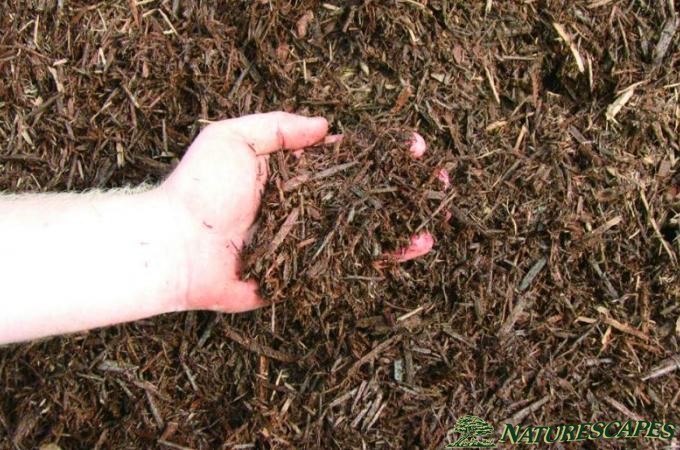
Why Organic Mulch?
- Triple shredded hardwood mulch with 15% leaf content naturally breaks down to enrich the soil.
- It keeps roots cooler and moist while reducing weed growth.
Avoid dyed mulch—it often contains ground-up structural lumber that may be treated with harmful chemicals like chromium, copper, and arsenic.
Enjoy Your Garden This Spring!
Taking these simple steps will set your garden up for success and ensure a lush, thriving landscape throughout the season. If you need inspiration or assistance with your natural landscaping, check out our photo gallery for ideas or schedule a consultation with our team. Happy gardening!
